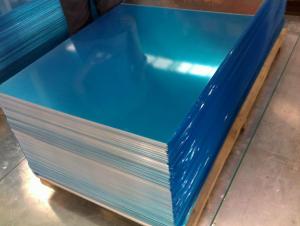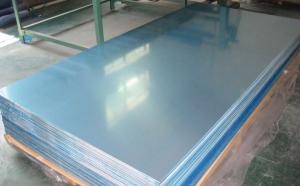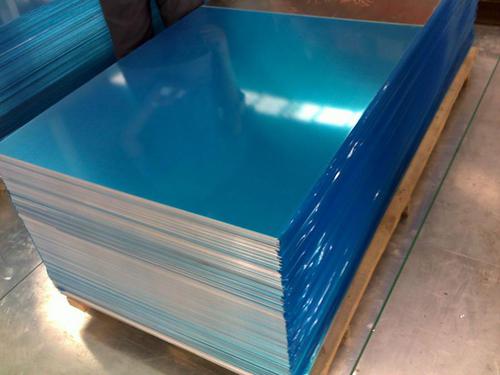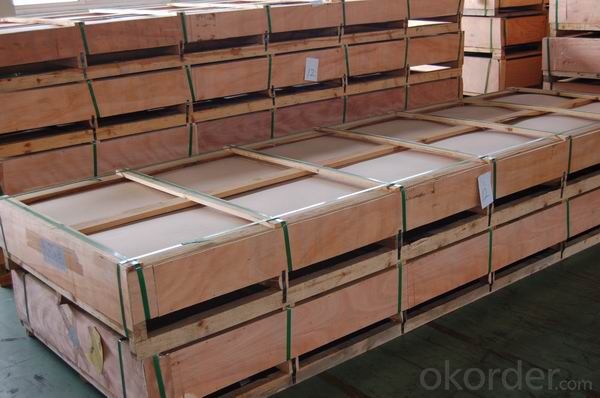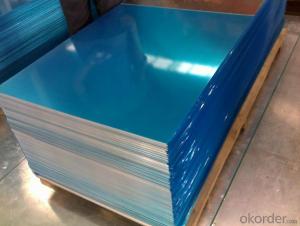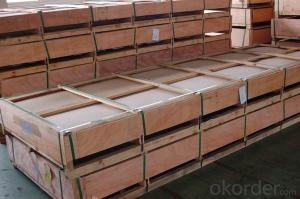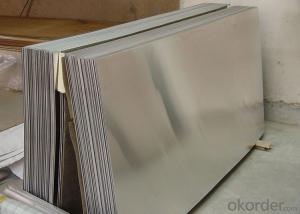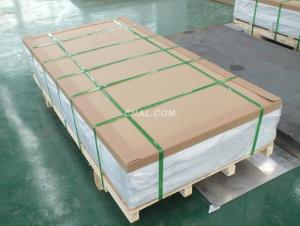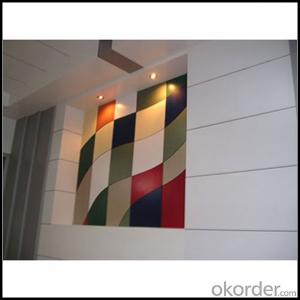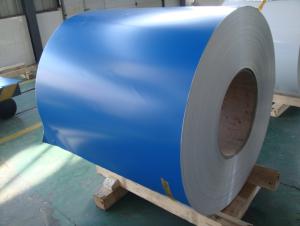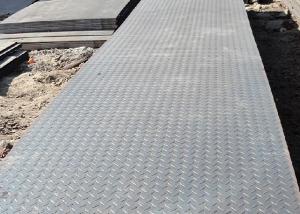10 Foot By 10 Foot of Aluminum Sheets 8xxx Hot Rolled
- Loading Port:
- China Main Port
- Payment Terms:
- TT or LC
- Min Order Qty:
- 8 m.t.
- Supply Capability:
- 10000 m.t./month
OKorder Service Pledge
OKorder Financial Service
You Might Also Like
1.Structure of Aluminum Sheets 8xxx Hot Rolled Description
Aluminum Sheets 8xxx Hot Rolled is cut from aluminum coils 8xxx. Aluminum Sheets 8xxx Hot Rolled has great ductility, heat conductivity, anti-corrosion and moisture resistance properties.
Aluminum Sheets 8xxx Hot Rolled is widely used for electronics, instruments, lighting decoration, packing industry, house decoration, curtain wall, honeycomb-core panel, sandwich panel, aluminum composite panel and aluminum composite pipes.
2.Main Features of Aluminum Sheets 8xxx Hot Rolled
• Superior quality of raw material
• Reasonable and stable chemical composition
• Accurate tolerance
• Goode mechanical property
3.Aluminum Sheets 8xxx Hot Rolled Images
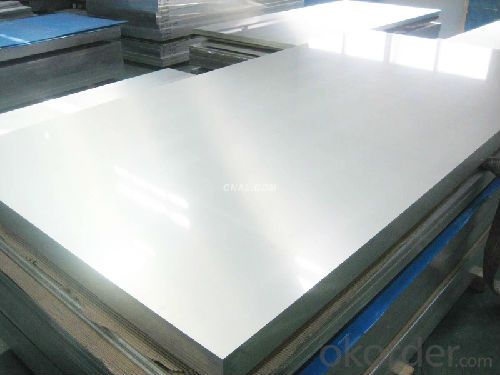
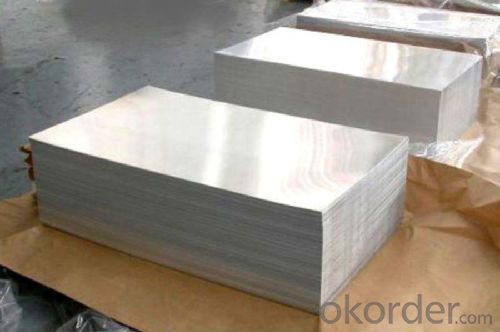
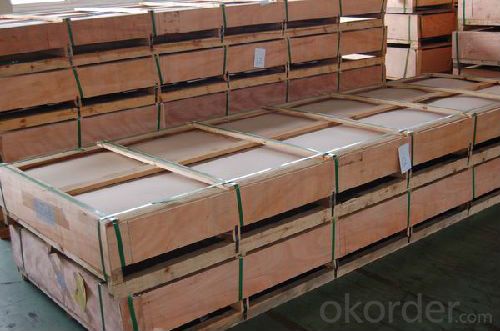
4.Aluminum Sheets 8xxx Hot Rolled Specification
| Alloy | AA8xxx (AA8011,AA8006 etc.) |
| Temper | H14,H16,H18,H22,H24,H26,H32,O/F |
| Thickness | 0.2mm--100mm |
| Width | 30mm--1700mm |
| Standard | GB/T 3880-2006 |
5. FAQ of Aluminum Sheets 8xxx Hot Rolled
A.When will you deliver the products?
The Aluminum Sheets 8xxx Hot Rolled will be delivered within 35 days after receiving advanced payment or original L/C.
B.What is the MOQ?
The MOQ for each size is 7-8 tons.
- Q: Are aluminum sheets suitable for electrical connectors?
- Indeed, electrical connectors can be effectively made using aluminum sheets. Aluminium, being a metal with high conductivity, is an ideal option for facilitating the flow of electric current. Its low electrical resistance enables the efficient transmission of electricity. Moreover, aluminum is renowned for its lightweight properties, resistance to corrosion, and affordability, rendering it a favored choice for electrical connectors across diverse sectors like automotive, aerospace, and electronics. Nevertheless, it should be emphasized that when aluminum connectors are utilized alongside dissimilar metals, extra precautions might be necessary to avert the occurrence of galvanic corrosion.
- Q: What are the specific rules or codes that govern the use of aluminum sheets in residential construction?
- <p>Yes, there are special regulations related to using aluminum sheets in residential buildings. These regulations can vary by country, state, or municipality, but generally, they cover aspects such as material standards, fire resistance, structural integrity, and energy efficiency. For example, aluminum sheets must meet specific thickness and strength requirements to ensure structural safety. They must also comply with fire codes, which may require certain fire-resistant coatings or treatments. Additionally, energy codes may dictate the insulation value of aluminum sheets used in walls or roofs to improve thermal performance. It's crucial to consult local building codes and regulations to ensure compliance when using aluminum sheets in residential construction.</p>
- Q: Can aluminum sheets be used for architectural applications?
- Yes, aluminum sheets can definitely be used for architectural applications. Aluminum is a versatile and lightweight material that offers numerous advantages for architectural projects. Its durability, corrosion resistance, and ability to withstand extreme weather conditions make it ideal for various architectural applications such as roofing, cladding, facades, windows, doors, and decorative elements. Aluminum sheets are available in a wide range of thicknesses, finishes, and colors, allowing architects and designers to achieve their desired aesthetic while maintaining structural integrity. The material can be easily shaped, bent, and formed into complex designs, providing flexibility and creative freedom to architects. In addition to its aesthetic appeal, aluminum is also a sustainable choice for architectural applications. It is a highly recyclable material, with a high recycling rate, making it an environmentally friendly option. Using aluminum sheets in architectural projects can contribute to reducing the carbon footprint and promoting sustainable design practices. Furthermore, aluminum sheets offer excellent thermal and acoustic properties, contributing to energy efficiency and sound insulation in buildings. The material can help reduce energy consumption and enhance occupant comfort, making it an attractive choice for architects and building owners. Overall, aluminum sheets are a popular choice in architectural applications due to their versatility, durability, sustainability, and aesthetic appeal. They offer numerous benefits and can be used in various ways to create stunning architectural designs while ensuring long-lasting performance.
- Q: Is aluminum suitable for projects with heavy traffic or frequent use?
- <p>Yes, aluminum sheets can be used in projects that involve high levels of traffic or heavy use. Aluminum is a lightweight, durable, and corrosion-resistant material. It can withstand significant wear and tear, making it suitable for high-traffic areas. Additionally, aluminum is easy to maintain and can be recycled, which is beneficial for long-term projects. However, it's important to consider the specific grade of aluminum and its thickness to ensure it meets the required strength and durability for your project.</p>
- Q: Can aluminum sheets be used for sound insulation?
- Yes, aluminum sheets can be used for sound insulation to some extent. While aluminum is not the best material for soundproofing compared to others like rubber or foam, it can still provide some level of sound insulation when used correctly. Aluminum sheets can be installed as a barrier or partition in walls, ceilings, floors, or other surfaces to reduce the transmission of sound waves. However, it is important to note that additional soundproofing materials or techniques might be necessary to achieve optimal results.
- Q: What will reflect light more- aluminum foil or white paper?
- Indestructible okorder /
- Q: Can aluminum sheets be anodized without affecting their dimensions?
- Yes, aluminum sheets can be anodized without significantly affecting their dimensions. Anodizing is a surface treatment process that forms a protective layer on the aluminum, and it does not significantly alter the overall dimensions or shape of the sheet.
- Q: What are the different types of aluminum sheets?
- There are several different types of aluminum sheets available, each with its own unique characteristics and applications. Here are some of the most common types: 1. Plain aluminum sheet: This is the most basic type of aluminum sheet, characterized by its smooth surface and uniform thickness. It is widely used in various industries for general purposes. 2. Embossed aluminum sheet: This type of sheet has a textured or patterned surface, which is achieved by rolling the aluminum through a patterned roller. It is commonly used for decorative purposes, such as in interior design or automotive trim. 3. Perforated aluminum sheet: As the name suggests, this type of sheet contains small holes or perforations throughout its surface. It is often used in architectural applications, such as building facades or sunscreens, as well as in filtration systems. 4. Treadplate aluminum sheet: Also known as checker plate or diamond plate, this sheet has a raised pattern of lines or diamonds on its surface. This pattern provides added traction and makes it suitable for applications where slip resistance is important, such as industrial flooring or stair treads. 5. Anodized aluminum sheet: Anodizing is an electrochemical process that forms a protective oxide layer on the surface of the aluminum, making it more durable, corrosion-resistant, and able to accept dyes for color customization. Anodized aluminum sheets are commonly used in architectural applications, signage, and consumer products. 6. Painted aluminum sheet: This type of sheet is coated with a layer of paint, which not only enhances its appearance but also provides additional protection against corrosion. It is often used in applications where aesthetics are important, such as building facades, signage, or automotive parts. These are just a few examples of the different types of aluminum sheets available in the market. The choice of the right type depends on the specific requirements of the project, such as durability, appearance, corrosion resistance, or slip resistance.
- Q: Can aluminum sheet be used for cookware?
- Indeed, cookware can indeed employ aluminum sheets. Aluminum, being renowned for its superb heat conductivity, facilitates even heat dispersion and rapid heating. It possesses the attributes of being lightweight, long-lasting, and impervious to rust and corrosion. Moreover, aluminum cookware is reasonably priced and comparatively effortless to maintain. Nevertheless, pure aluminum proves to be a malleable metal, thus necessitating its amalgamation with other substances such as stainless steel or nonstick coatings to fortify its endurance and nonstick qualities.
- Q: Thickness of Aluminum Foil A rectangular sheet ofaluminum foil is 50 centimeters long and 20 centimeterswide, and weighs 5.4 grams. Find the thicknessof the aluminum foil in centimeters
- density Aluminum 2700 kg/m? Volume = 0.5 x 0.2 x d = 0.1d m? where d is thickness 5.4 g = 0.0054 kg 0.0054 kg / 2700 kg/m? = 2.0e-6 m? 2.0e-6 m? = 0.1d m? d = 2.0 e-5 m or 20 ?m or 0.02 mm or 0.002 cm .
Send your message to us
10 Foot By 10 Foot of Aluminum Sheets 8xxx Hot Rolled
- Loading Port:
- China Main Port
- Payment Terms:
- TT or LC
- Min Order Qty:
- 8 m.t.
- Supply Capability:
- 10000 m.t./month
OKorder Service Pledge
OKorder Financial Service
Similar products
Hot products
Hot Searches
Related keywords
